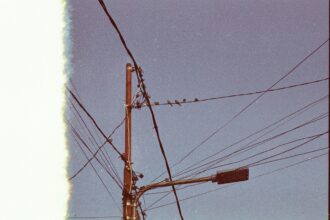The State is inviting private companies to form partnerships with or privatize state-owned DVVNL and PUVVNL.
PUVVNL reported a loss of ₹6,610 crore in FY23, a sharp increase from the loss of ₹594 crore in FY22. This rise in losses reflects the ongoing financial challenges faced by many state-owned electricity distribution utilities, also known as discoms. These companies are struggling with high costs, poor efficiency, and a heavy debt load.
One of the main reasons behind these losses is that the tariffs charged to customers do not cover the full cost of supplying electricity. This gap has left many discoms in a difficult financial position. Additionally, the amount of power lost during distribution, known as AT&C losses, has been higher than the levels approved by regulators. These losses occur due to issues like outdated infrastructure, technical problems, and theft.
To address these challenges, the government has introduced several reforms
One of these is the revamped distribution sector scheme (RDSS), which aims to reduce AT&C losses by improving infrastructure. The government has also implemented late payment surcharge (LPS) rules to encourage discoms to clear their outstanding payments to power generators. Despite these efforts, many discoms are still facing financial difficulties.
Across India, the AT&C losses for state-owned discoms have reduced to 15.8% in FY23, down from 23% in FY21. This reduction was driven by improvements in infrastructure and increased subsidy payouts. However, in some states like Bihar, Jharkhand, Madhya Pradesh, Odisha, and Uttar Pradesh, the losses remain high, often exceeding 20%. These states are still struggling with the financial and operational challenges of running discoms efficiently.
The situation worsened in FY24 when the AT&C losses increased to 17.6%, up from 15.4% in the previous year. According to government data, the increase was due to a shortfall of ₹13,000 crore in government dues and subsidies. This shortfall further added to the financial burden on discoms, making it harder for them to recover from their losses.
The overall financial health of state-owned discoms is also troubling. In FY23, their combined losses reached ₹62,386 crore, up from ₹31,000 crore in FY22. As of November 2024, the outstanding dues of discoms stood at ₹6.84 lakh crore, and their accumulated losses had reached ₹6.46 lakh crore. These figures show the growing financial strain faced by discoms and highlight the need for continued efforts to improve their operations and reduce their losses.
In recent years, discoms in several states have continued to incur losses due to rising power purchase costs, inefficiencies in operations, and large amounts of debt. The government and regulators will need to focus on addressing these issues to help state-owned discoms become financially stable and efficient in the long term.

